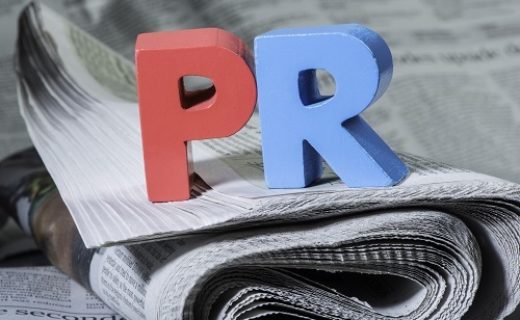The wait is over. Hillary Clinton announced via YouTube and Twitter what everyone already knew. She is running for president. Her candidacy presents both opportunity and challenges from a public relations and branding perspective.
Hillary Clinton launched her campaign with a rebranding effort. Taking a page out of Richard Nixon’s playbook, she is introducing the ‘new Hillary’ (just as every election cycle there was a new Nixon, who always seemed to return to the old Nixon). The previous brands of ‘ new Hillary’ have included:
1. Bill Clinton’s partner in the White House who had more influence than Vice President Al Gore.
2. The wronged wife.
3. New York’s Senator who worked across the aisle to get things done.
4. The candidate who would break the glass ceiling in 2008 and become America’s first female president.
5. America’s chief diplomat above politics, as President Obama’s Secretary of State.
Just as with Richard Nixon, none of these ‘new Hillary’ brands succeeded. The media and the general public didn’t quite buy the new brand and viewed her as the Hillary who polarized Americans during Bill Clinton’s failed health care reform efforts. There was a belief that each rebranding effort was just an attempt to get Americans to forget the old Hillary.
Now with the launch of her campaign, the new Hillary brand is that of the loving grandmother. This is the latest attempt to soften Hillary’s image and allow her to connect with voters.
To be successful, rebranding must be fully transparent, sincere, and authentic. At this point of Hillary’s rebranding, the public is skeptical. Many in the media and even voters see it as nothing more as a gimmick and expect the old Hillary to remerge.
So what should she do?
The biggest problems with Hillary’s rebranding efforts in the past have been a lack of transparency and when she has encountered difficulty or criticism, she has reverted back to the polarizing Hillary of 1992 – 1994. If she is sincere and wants voters and the media to believe her, she needs to be transparent, fully answer questions, and allow herself to be vulnerable. Beyond that, throughout the campaign, she needs to stay consistent with her new brand and act accordingly.
Her second obstacle that she faces is offering a new vision for America without running away from an increasingly unpopular President Obama. If she can do that, she will succeed where Adlali Stevenson, Hubert Humphrey, and John McCain all failed.
Trying to extend a third electoral victory by one political party is rare (excluding succession due to the death of a president). George H.W. Bush was the last presidential candidate to achieve that. Before him, it was Herbert Hoover in 1928. Both Bush and Hoover ran promising to be a third term of the popular incumbents (Reagan and Coolidge) while moving the nation forward. Even Richard Nixon in his failed 1960 presidential campaign attempted to convince voters that he would be an extension of the popular Dwight Eisenhower with a youthful vigor.
Hillary Clinton if nominated will not have the luxury of a popular president. She will face the challenge that Stevenson faced in 1952 with Harry Truman; Humphrey faced in 1968 with Lyndon Johnson; and John McCain faced in 2008 with George W. Bush. All failed to give a clear vision of how they would be different and each feared to repudiate their president for fear of losing their base. If Hillary distanced herself from President Obama (whose Secretary of State she was) she would alienate her base and bring back stories of the ‘old Hillary’ hurting her rebranding efforts.
So how should she handle this dilemma?
She needs to communicate to voters that she will preserve the Obama policies that are popular and enhance them. But beyond that she needs to outline her vision going forward in clear language. She needs to make clear that while she supports her party’s leader, she hopes to take America a step forward and by her work with the President and her own husband has learned what to do and also what not to do. She must be willing to communicate a big vision that will allow her to expand her base rather then just cater to it.
As the campaign unfolds, it will be interesting to see if the ‘new Hillary’ succeeds or she bombs like New Coke. And even more critical can she communicate a vision without running away from her President.




